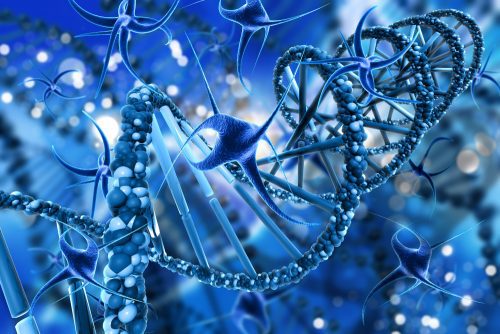Internship Structure
Objective:To enable learners to computationally design and predict effective, safe drug molecules by targeting disease-specific biomolecules using modern Computer-Aided Drug Design (CADD) techniques.
Outcome:Participants will be able to build predictive models for drug efficacy using physiochemical descriptors, enabling reduced experimental cost, increased selectivity, and accelerated lead identification in drug development.
Learning Outcomes
Upon completing this bioinformatics and drug discovery internship, participants will be able to:
- Apply molecular modeling and docking tools to predict ligand-receptor interactions.
- Use 2D and 3D QSAR methods to develop predictive models of biological activity.
- Perform virtual screening and evaluate binding affinities of lead compounds.
- Understand the principles of pharmacophore modeling for drug target matching.
- Use Lipinski’s Rule of Five to assess drug-likeness of compounds.
Program Background
Drug development is constrained by toxicity and off-target effects. CADD provides a powerful solution to design drug molecules virtually, minimizing synthesis and screening costs. This program delivers a deep dive into:
- Molecular simulations
- Structure & ligand-based drug design
- QSAR modeling
- Pharmacophore hypothesis generation
The internship fosters a research-based learning platform to explore molecular mechanisms and optimize the therapeutic index of drug candidates.
Modules & Curriculum Overview
| Module | Topic Name | Subtopics | Duration | Mode |
|---|---|---|---|---|
| Module 1 | Molecular Modeling Simulation | Basic molecular modeling
Geometry optimization Energy minimization of biomolecules |
5 hours | Demo + Presentation |
| Module 2 | Drug-Target Docking & Interaction | Molecular docking principles
Binding energy calculations Structure-Based Drug Design (SBDD) Ligand-Based Drug Design (LBDD) |
8 hours | Demo + Presentation |
| Module 3 | 2D QSAR Modeling | 2D descriptor generation
Dataset optimization Lipinski Rule of 5 filtering QSAR model building & validation |
8 hours | Demo + Hands-on |
| Module 4 | 3D QSAR Techniques | Generation of 3D descriptors
Comparative Molecular Field Analysis (CoMFA) 3D QSAR modeling tools |
6 hours | Presentation + Lab |
| Module 5 | Pharmacophore Modeling | Pharmacophore feature identification
Hypothesis generation Scoring & rescoring functions Validation of pharmacophore models |
8 hours | Project-Based |
| Module 6 | Capstone Mini Project | Independent molecular modeling project
Virtual screening of drug candidates Final report & presentation |
10 hours | Mentor Guided |
Hands-On Tools & Techniques Covered
- Molecular Modeling Software
- AutoDock / PyRx / Discovery Studio
- QSAR Tools
- Pharmacophore Design Platforms
Details:
Mode: Online/ Google Meet
Duration: 45 Days (including Live Project)
Contact Hours: 45 Hours
Mentor: Dr. Md. Afroz Alam
- Professor & Head, Dept. of Bioinformatics, Shalom New Life College, Bengaluru
- Ph.D. in Bioinformatics from JUIT, Himachal Pradesh (2009)
- 16+ years of teaching & research experience
- Ex–Assistant Professor & Program Coordinator at Karunya Institute for 11 years
- Expertise: CADD, Molecular Modeling, QSAR, Biostatistics, R, Unix/Linux
- Author of 24 papers, 2 book chapters; recipient of NSS National Youth Leader Award
Key Takeaways:
- Live Mentor-led sessions
- Dry lab research projects (No wet lab required)
- Available in Online mode
- e-Certificate on successful completion
- Access to real Biological Datasets
- Placement & Job assistance support




